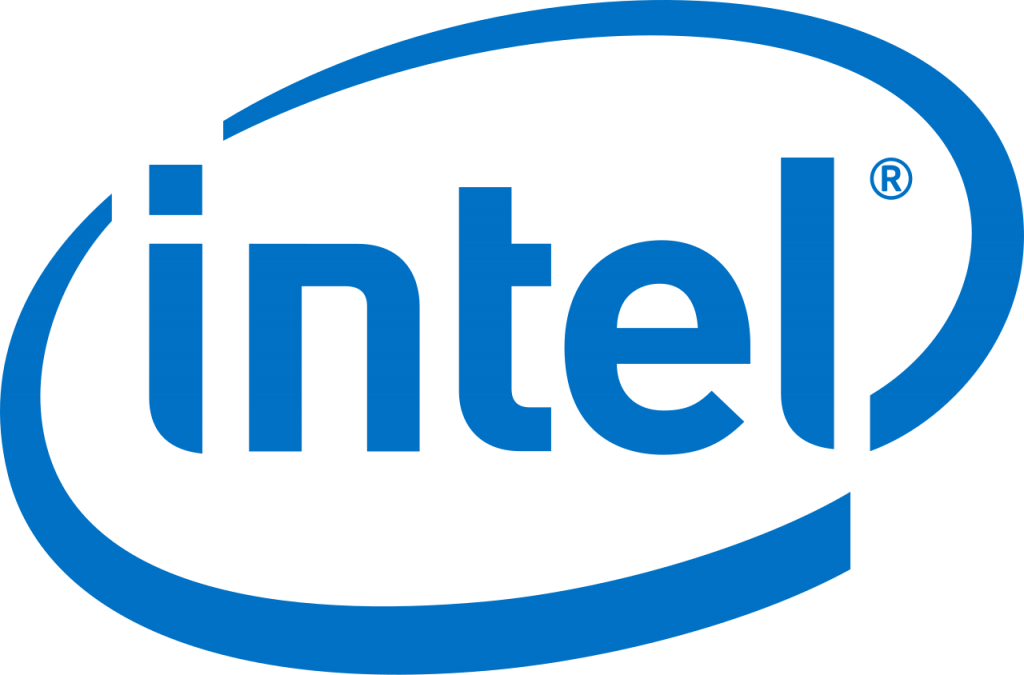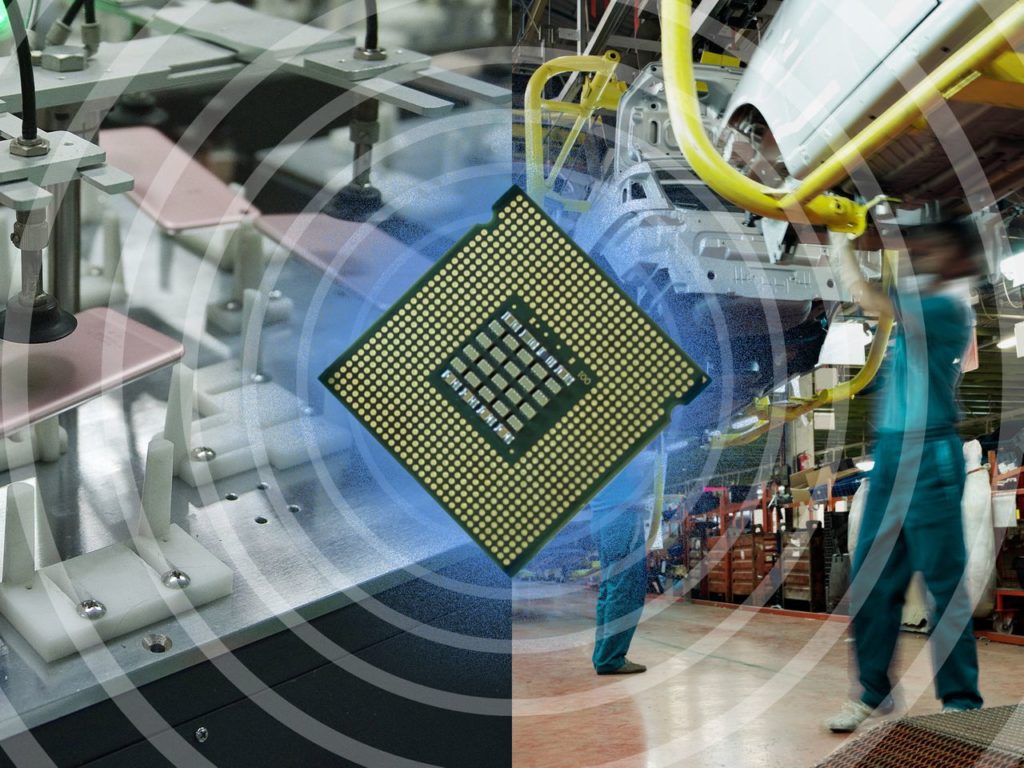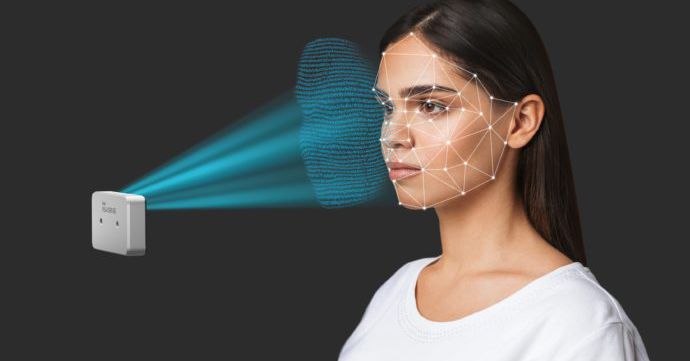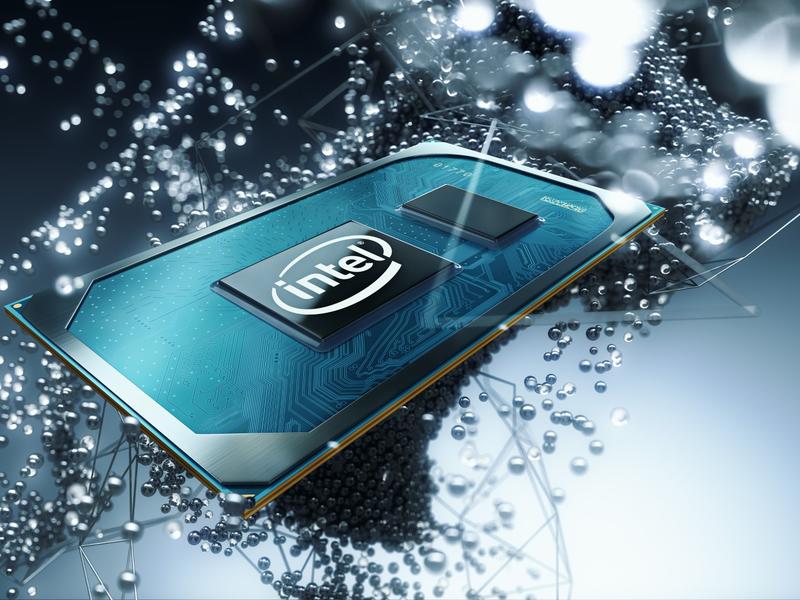Intel Unveils the New 11th Gen Tiger Lake-H Processors for Gamers and Content Creators
After the successful launch of the 11th Gen Intel Core H35 series, Intel has just launched its new series of Mobile Processors for the gaming geeks, business professionals and content creators. The company launched the 11th Generation Intel Core H-series, also known as the “Tiger Lake-H”, on Tuesday, claiming that the chip delivers the highest performance in laptops.
The 11th Gen H-series mobile processors include Core i9-11980HK, Core i9-11980H, Core i7-11800H, Core i5-11400H, Core i5-11260H. The processors are based on the Xe architecture, but the company is not in favour of branding them as Xe.
What’s New?
Intel’s new upgraded 11th Gen core Tiger Lake-H is a 10nm processor based on SuperFin process technology, specifically built to support high-end gaming and professional laptops. According to the company, the new processors are built on three eight-core chips and two six-core chips. The newly launched processors can access the high-speed GDDR6 memory directly and hence render a higher frame rate with lower latency. These are also capable of loading large textures faster. Compared to Intel’s 10th Gen H-series processors, the 11th Gen offers 2.5 times the total PCIe bandwidth to the CPU.
“These new H-series processors are an exciting extension of our 11th Gen mobile family with double-digit single-core and multi-core performance improvements, leading game play, direct-attached storage and 20 PCIe 4.0 lanes for true enthusiast-level platform bandwidth,” said Chris Walker, the corporate VP and GM of the Mobile Client Platforms Group at Intel.
Along with the 11th Gen processors, the company also unveiled new Intel vPro H-series processors, the eight-core and 16-thread Intel Core i9-11950H, and the Intel Xeon W-11000 series mobile processors.
The Comparison
Intel revealed that the Core i9-11980HK processor is the most powerful among all Intel processors and is best suited for gamers and boasts a 5GHz speed. Intel claimed that the processor is a better version of its Comet Lake processor and took AMD Ryzen 9 5900HX for comparison and claimed that core Tiger Lake-H provides 15 per cent higher performance than the AMD Ryzen 9 5900HX.
During the keynote, Intel displayed a chart of games, including Hitman 3, War Thunder, Tom Clancy’s Rainbow Six Siege, Far Cry New Dawn, etc., to compare the performances of the Tiger Lake-H and the AMD Ryzen 9 5900HX. The company also compared how better the former handles the heavy apps like Adobe Video Creation Workflow than the AMD Ryzen 9 5900HX. And it turned out to be 18 per cent better at app handling and 24 per cent better in photo processing than the AMD processor.
Laptops to Get the H-series processors
Along with the launch of the new processor, Intel also revealed that in the coming months, more than 80 devices are going to include the newly launched Intel H-series processor. Since the processor has been developed to fulfil the needs of gamers, business professionals and content creators, many laptop companies, including Asus, Dell and Lenovo, have already announced new laptops built on this processor.
Asus is all set to bring the Zephyrus series laptops, and according to the company, these laptops will boast Intel’s 11th gen Intel Core H-series chips. In the same league, Lenovo has also revealed that the Legion 7i and 5i Pro laptops from the company will also include the new Intel 11th Generation Intel Core H-series. These laptops are gaming laptops and will hit the market in the coming June and July months.
The mobile workstations, ZBook Fury G8, the ZBook Power G8, and the ZBook Studio G8 from HP are also to be powered by the newly launched chip. These are the gaming laptops and support Nvidia RTX 3080 GPU. Other than these companies, Dell is also going to update its upcoming series of laptops, i.e., Alienware M15, Dell G15, Alienware X-Series, XPS 15 and XPS 17 laptops, with the H-series processors by Intel.

Yashica is a Software Engineer turned Content Writer, who loves to write on social causes and expertise in writing technical stuff. She loves to watch movies and explore new places. She believes that you need to live once before you die. So experimenting with her life and career choices, she is trying to live her life to the fullest.








